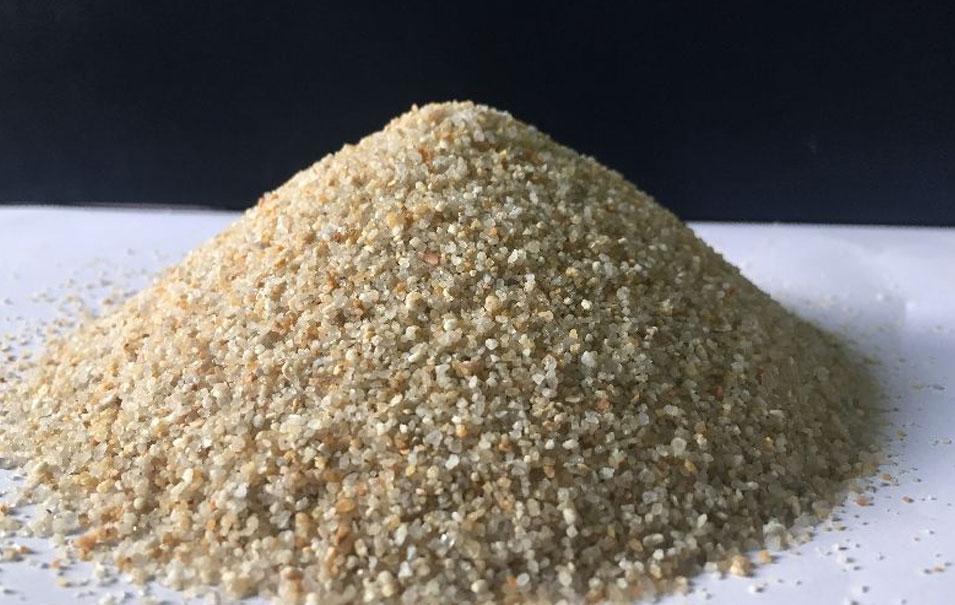
It is recommended that you update your browser to the latest browser to view this page.
Please update to continue or install another browser.
Update Google Chrome
It is recommended that you update your browser to the latest browser to view this page.
Please update to continue or install another browser.
Update Google Chrome
Silica is the name given to a group of minerals composed of silicon and oxygen, the two most abundant elements in the earth's crust. Silica is found commonly in the crystalline state and rarely in an amorphous state. It is composed of one atom of silicon and two atoms of oxygen resulting in the chemical formula SiO2.
The first industrial uses of crystalline silica were probably related to metallurgical and glass making activities in three to five thousand years BC. It has continued to support human progress throughout history, being a key raw material in the industrial development of the world especially in the glass, foundry and ceramics industries. Silica contributes to today's information technology revolution being used in the plastics of computer mouses and providing the raw material for silicon chips.
Silica, otherwise known as industrial sand, provides the most important ingredient for glass production. Silica sand provides the essential Silicon Dioxide (SiO2) required for glass formulation, which makes silica the primary component in all types of standard and specialty glass. Though the production of glass requires a variety of different commodities, silica represents over 70% of its final weight. Its chemical purity is the primary determinant of color, clarity, and strength of the glass produced.
Silica that has been ground to fine size is an ingredient of most clay bodies and is a major constituent of ceramic glazes. Typical everyday products include tableware, sanitary ware, ornaments and wall and floor tiles.
Silica sand constitutes of high-performance properties such as brightness, reflectance, oil absorption and colour-consistency. These properties help to improve the overall appearance and durability of industrial and architectural paints and coatings. Its low oil absorption nature improves finishing colour that makes a durable coating rich in pigments. Silica fillers improve tint retention and also provide resistance to dirt, mildew, weathering and cracking.
The heat resistance, low thermal expansion, chemical resistance and high dielectric strength of Micron Silica make it an excellent filler choice for a variety of Thermoset plastic applications